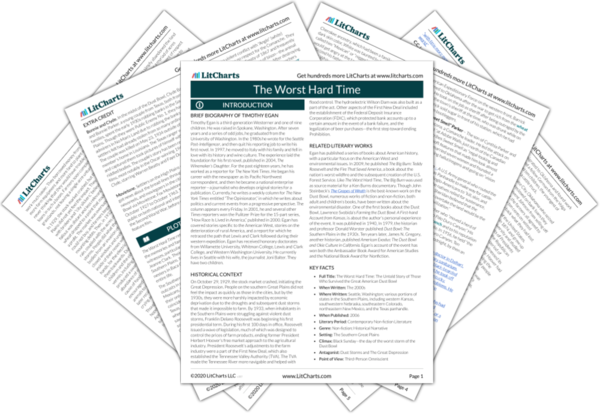The death of Ruth Nell, particularly, is a moment of defeat for the Shaws. Hazel and Charles remained committed to a land that, in a way, betrayed them by taking their first-born child. Louzima hated what wheat farmers had done to the land, and saw that the worst possible outcome—that it would become uninhabitable for future generations—had come true.
